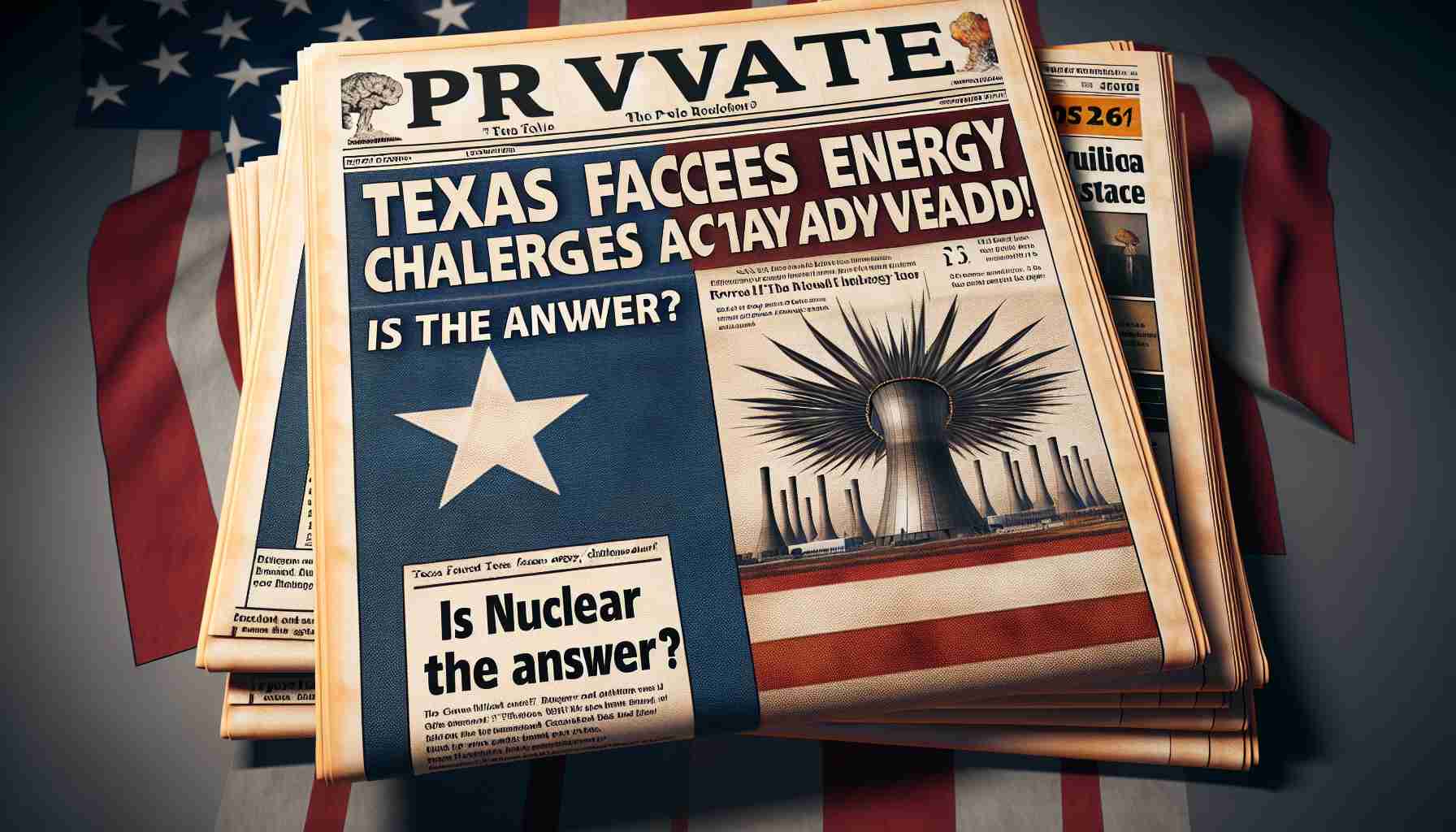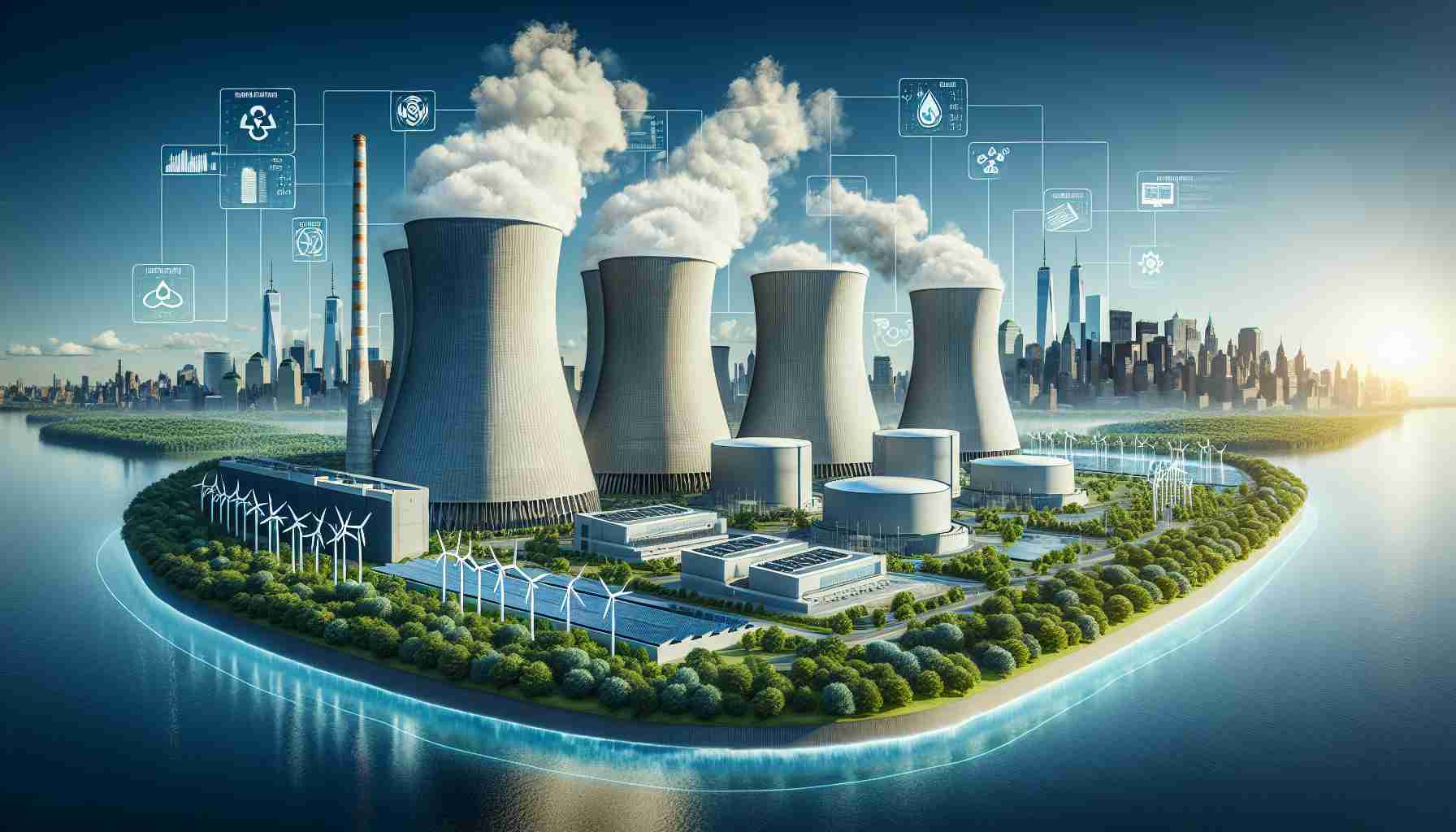A New Era for Nuclear Energy
Nuclear energy is on the brink of a breakthrough, with projections indicating that by 2025, it will play a pivotal role in electricity generation. According to the latest report from the International Energy Agency (IEA), global investments in nuclear power have surged, reaching approximately $65 billion in 2023, with expectations to escalate to $75 billion by 2030.
Currently, there are 63 reactors under construction worldwide, expected to add over 70 gigawatts of electricity to the grid. This growth is largely driven by a noticeable increase in interest from the private sector, particularly to satisfy the constant energy demands of data centers.
However, the IEA cautions that this renaissance in nuclear energy is heavily dependent on technologies from China and Russia. A staggering 92% of reactors that have commenced construction since 2017 utilize designs from these two nations. Meanwhile, traditional leaders like France and the United States are facing challenges, as they struggle to modernize their aging fleets, while new projects are often plagued by delays and budget overruns.
Despite the optimism surrounding nuclear energy’s revival, the road ahead is fraught with obstacles, particularly in advanced economies where competition and innovation are critical for success. The future of nuclear energy hinges on overcoming these hurdles to establish a sustainable and robust energy framework globally.
Nuclear Energy: A Rising Star in Global Electricity Generation
Overview of the New Nuclear Landscape
As the world pivots towards cleaner energy sources, nuclear energy is emerging as a significant contributor to global electricity generation. Recent analyses indicate that by 2025, nuclear power could be pivotal in meeting energy demands, particularly with investments soaring into the billions. According to the International Energy Agency (IEA), approximately $65 billion was invested in nuclear energy in 2023, with projections suggesting this could rise to $75 billion by 2030.
Current Developments in Nuclear Energy
Investments and Construction:
There are currently 63 nuclear reactors under construction globally, which are set to add over 70 gigawatts of electricity to the grid. This surge in development is primarily fueled by the rising energy requirements of data centers, prompting significant private sector interest in nuclear energy solutions.
Technological Sovereignty:
Despite this growth, around 92% of the new reactors initiated since 2017 are built on designs from China and Russia. This dependency raises critical questions about energy sovereignty and technology transfers in advanced economies like the United States and France, which are grappling with outdated infrastructures and stagnant responses to modernization.
Pros and Cons of Nuclear Energy
Pros:
– Low Carbon Emissions: Nuclear power generates electricity with minimal greenhouse gas emissions, making it a key player in combating climate change.
– High Energy Density: A small amount of nuclear fuel can produce a large number of energy units compared to fossil fuels.
– Reliability: Nuclear facilities provide a consistent power output, which is crucial for meeting baseload energy demands.
Cons:
– Waste Management: The disposal of radioactive waste remains a significant concern, with long-term storage solutions still under development.
– High Initial Costs: The financial investment for building nuclear plants is substantial, often leading to budget overruns and delays.
– Public Perception and Safety Concerns: Historical accidents have fostered public fear, which can complicate project approvals and expansion efforts.
Future Trends and Predictions
The future of nuclear energy is closely tied to the need for innovation and regulatory support. Experts predict several trends that could shape the nuclear landscape in the coming years:
1. Small Modular Reactors (SMRs): These compact reactors are designed to be more flexible and less expensive to build than traditional large reactors. They may open avenues for urban electricity generation.
2. Advanced Nuclear Technologies: Innovations such as thorium reactors and fusion technology are beginning to receive increased attention, offering potential advantages regarding waste and safety.
3. Enhanced Global Cooperation: Collaborative international efforts to develop safer and more efficient reactors could promote a more sustainable nuclear future.
Looking Ahead
While nuclear energy holds promise as a sustainable energy source, its successful integration into the global energy mix will depend on overcoming technological, regulatory, and public acceptance challenges. The advancements in reactor designs and the cooperation between nations could play a critical role in redefining the energy landscape.
For more insights into energy trends, visit IEA for extensive reports and information on global energy investments and developments.
The source of the article is from the blog elblog.pl



